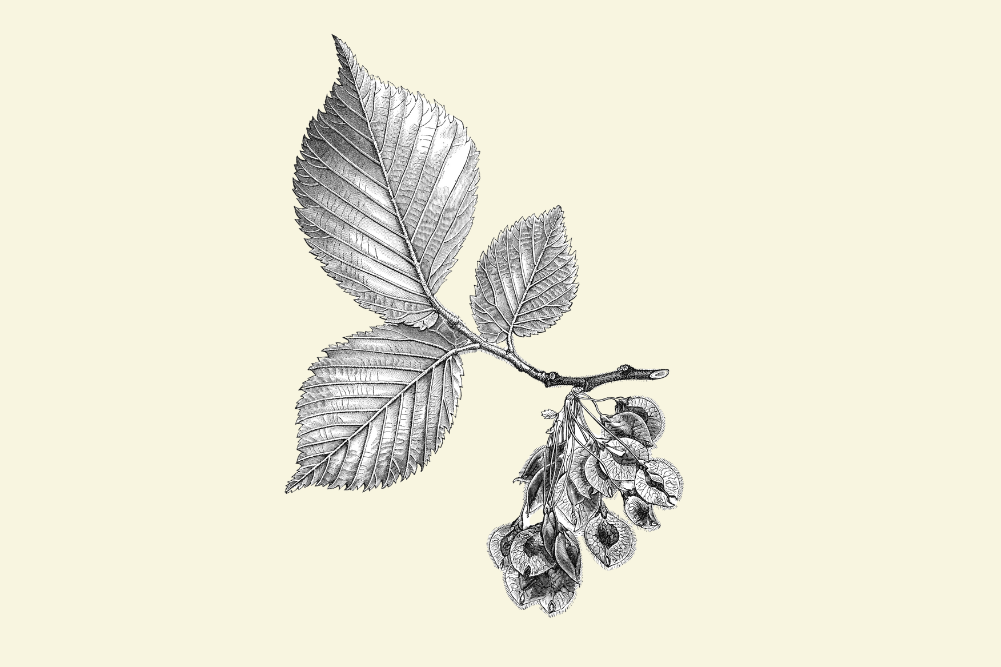Goldenseal and its medicinal properties
Hydrastis canadensis, commonly known as goldenseal, is reportedly one of the top five herbs sold in the United States, where it originates. Prized for its golden-coloured root, goldenseal was first used by Native Americans as a dye and paint as well as topically for skin ulcers and various skin disorders. The Cherokee Indians used it extensively as a bitter digestive tonic and as an eyewash for inflamed eyes. It was also popular with the Iroquois, who recorded using it for whooping cough, diarrhoea, pneumonia and tuberculosis.
In 1804, settlers recorded using goldenseal to increase appetite, improve digestion and as a mouth and eye wash. It is goldenseal’s affinity for reducing inflammation and healing mucosal tissue that has gained it the reputation as “king of mucous membranes”.
Scientific experimentation has found the active constituents of goldenseal to have an impressive action in cardiovascular health, microbial infection and even anti-cancer activity. The medicinal effects of goldenseal are attributed to its high content of isoquinoline alkaloids, in particular hydrastine, berberine and canadine. Goldenseal also contains flavonoids, organic acids, sterols, volatile oil, resin and fatty acids.
Antimicrobial activity
Goldenseal and its active constituents show exciting promise against a range of microbes and have been investigated as a possible option in the fight against antibiotic-resistant organisms.
One study showed goldenseal exhibited significant activity against Mycobacterium tuberculosis, as well as other Mycobacterium species. Another study found berberine and, more strongly, canadine to inhibit two strains of Staphylococcus aureus and Streptococcus sanguinis. Whole goldenseal has been shown to inhibit growth of resistant strains of Neisseria gonorrhoeae. Berberine and two flavonoids from goldenseal are effective against mouth microbes that cause dental caries, including Streptococcus mutans and Fusobacterium nucleatum.
Goldenseal also inhibits the growth of Helicobacter pylori, a cause of stomach ulcers. Berberine has been found to reduce adherence of E. coli and Streptococcus pyogenes to the lining of mucous membranes, which may explain goldenseal’s ability to protect the mouth, stomach and intestines from infection. Goldenseal or its active constituents have also been shown to have antibacterial action against Clostridium tetani (tetanus), Candida krusei (dangerous in the immunocompromised), Streptococcus pyogenes (strep infection), Vibrio cholerae (cholera) and Staphylococcus aureus (staph infection).
Fewer investigations have been conducted into the effect of goldenseal on viruses. One study found berberine to inhibit two strains of H1N1 flu virus more effectively than antiviral medication. Whole goldenseal was also effective, but only at high doses.
Anti-cancer effects
The positive anti-cancer research attributed to goldenseal has been demonstrated primarily by the active constituents of goldenseal rather than the whole herb, and largely on cells in a petri dish (in vitro) rather than in animals or humans.
Berberine was found in vitro to cause cell death in abdominal tumour cells; however, these results were not seen subsequently in mice. Berberine has also been shown in vitro to inhibit cell growth of certain liver cancer strains and cause cell death in some leukaemia cell lines. In another study, berberine introduced to a culture of human brain tumour cell lines significantly increased cancer cell death.
Cardiovascular effects
Once again, the positive results of research into the effects of goldenseal’s action on the cardiovascular system have been seen in vitro, using the active constituents rather than the whole herb.
One study found an infusion of berberine in 12 patients with congestive heart failure to significantly improve heart strength. Animal experiments have found that berberine restored normal heart rhythm in cases of heart arrhythmia. Berberine sulphate injected into rats that had experienced heart attack significantly decreased death from common complications following their heart attacks. Berberine sulphate solution has been found to decrease blood pressure in dogs, cats, frogs and rats.
The whole herb goldenseal has been shown to have a mild relaxing effect on the arteries and improve heart re-oxygenation, but not to reverse any heart damage.
Real-world uses
Goldenseal is a herb with a long history of traditional use as well as a broad scope of scientific investigation behind it. Something that needs to be made clear is that the active constituents of goldenseal are not well absorbed when taken orally. This means we need to differentiate between the power of this herb in the whole goldenseal form, as taken orally, versus the action of the active constituents when injected or applied directly in a petri dish.
As a whole herb taken orally, goldenseal’s strength lies in its tremendous power to heal and repair mucous membranes as well as sterilise a host of bacteria, viruses and even fungal microbes.
Hence, we come full circle and find that the areas in which goldenseal excels are those the Native Americans knew. These include digestive disorders and loss of appetite; infection or inflammation of the mucous membranes, including stomach ulcers; tonsillitis; skin disorders, including skin ulceration and boils; and eye infections. In modern herbal medicine, goldenseal is also used appropriately for thrush in some vaginal pessary preparations.
Dosage
The recommended dosage varies according to the preparation. See labelled directions for dosage instructions or speak to a professional herbalist.
Goldenseal is considered unsafe during pregnancy and is also not recommended during lactation or for long-term use.
References available on request.
Kate Mirow is a naturopath, nutritionist and herbalist with more than a decade’s experience treating health conditions, from fertility and weight loss to children’s health, digestive disorders and more. Reach her at Your Health in Manly, NSW. T: +61 2 9977 7888







